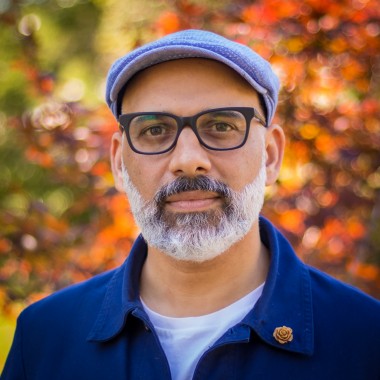Nbwaakaawining binjibaamgad Gkendmaawziwin Wisdom from Knowledge: Documenting and Sharing the Indigenous Biocultural Richness of the Greenbelt

About the Project
The University of Guelph has partnered with the Indigenous organization, Plenty Canada, to launch a biocultural knowledge and mapping project to begin restoring Indigenous knowledge, visibility, and character to the Greenbelt as an important Indigenous cultural landscape in Ontario.
The primary goal of Nbwaakaawining binjibaamgad Gkendmaawziwin: Wisdom from Knowledge: Documenting and Sharing the Indigenous Biocultural Richness of the Greenbelt Project is to begin restoring Indigenous knowledge, visibility and character to the Greenbelt as an important Indigenous cultural landscape in Ontario. The project has two activities:
1. Research and completion of an ethnobotanical atlas of culturally significant plants in the Greenbelt, including medicinal trees and plants (where deemed culturally appropriate and safe) and Indigenous foods and uses in the Greenbelt, e.g., spring ephemerals, summer berries, fruits and vegetables, autumn nuts, roots, and mushrooms.
2. The expansion of our existing prototype interactive digital map of the Niagara Escarpment to cover the entire Greenbelt region. In using this established technical and artistic platform, which has been developed in consultation with numerous Indigenous advisors over the past few years, the Greenbelt subset of destinations, knowledge, and information will receive its own name and identity within the digital map that can be linked to directly. Our proposed Indigenous cultural map of the Greenbelt will display appropriate knowledge, relationships, and histories of Indigenous locations, experiences, and voices within Greenbelt. The map will locate, document, describe, and create destinations of Indigenous communities whose traditional territories are found within the Greenbelt and that are critical to its long-term future. The map will also provide Indigenous language translations of important place names, biocultural features and stories, including in Mohawk, Anishinaabemowin, and Michif, where appropriate.